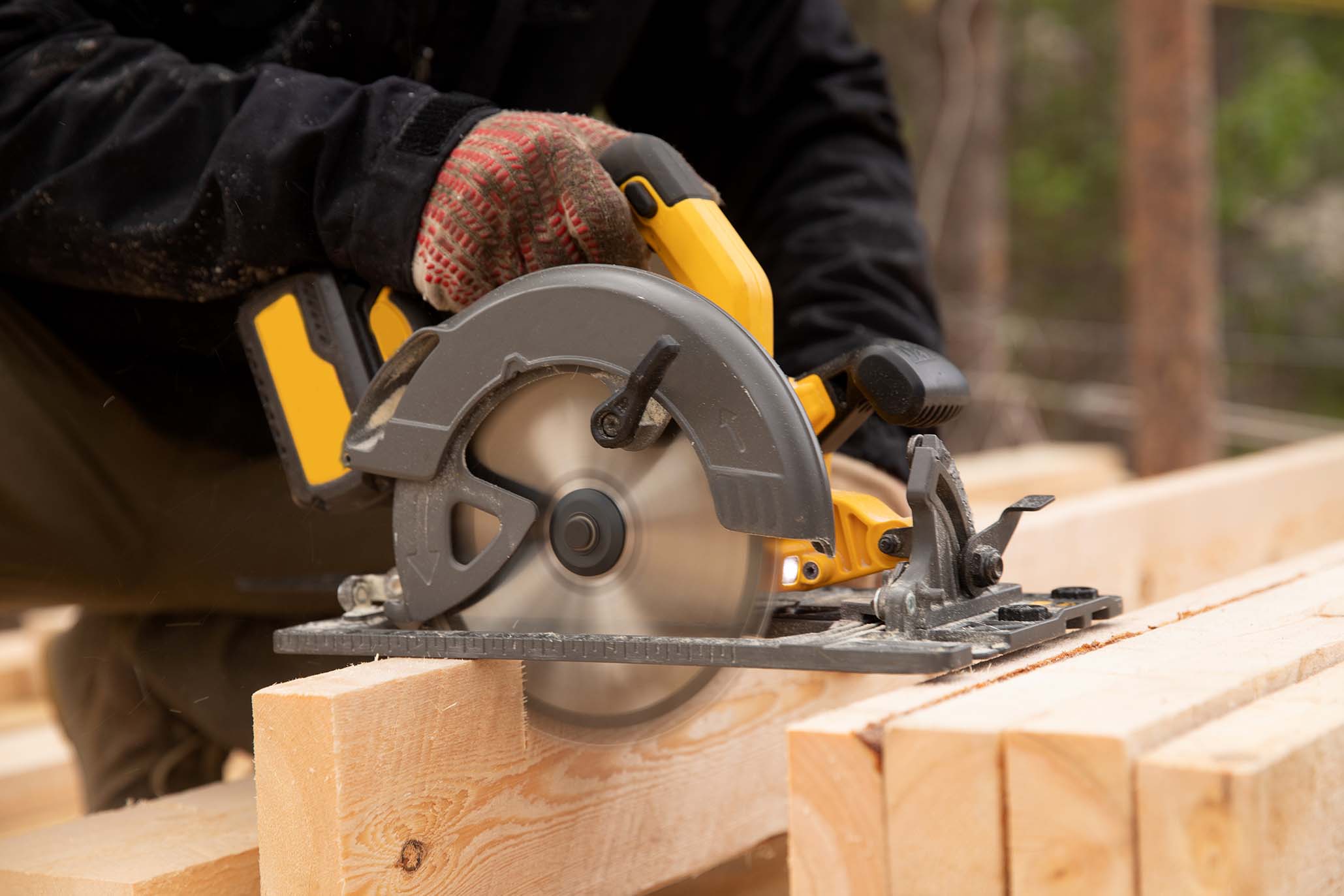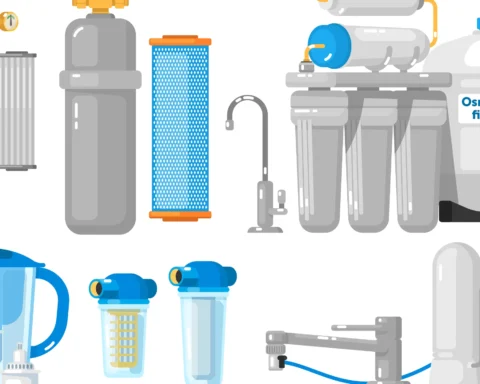Introduction
Saws are indispensable tools across many industries, from construction to hobbies. With their diverse types and applications, saws have evolved to meet various needs, making them critical to professionals and DIY enthusiasts. When considering a bandsaw for sale, it becomes essential to understand the intricacies behind their functions and uses to make informed decisions. Let’s dive deeper into the art and science of cutting with saws, exploring everything from available types to their safety measures and maintenance.
Key Takeaways
- Gain insights into the types of saws and their applications.
- Learn about safety measures and maintenance tips.
- Discover how technology has evolved over the years.
Understanding Different Types of Saws
In the diverse cutting tools world, saws stand out due to their efficiency and versatility. They are essentially divided into two categories: hand saws and power saws. Hand saws such as the crosscut saw are invaluable for precise manual tasks. With their sharp teeth, hand saws allow woodworkers to perform detailed cuts without electricity. Conversely, power saws including circular and jigsaws provide speed and efficiency for larger, repetitive tasks. Powered by electricity or batteries, these saws cut through materials faster and with less manual effort, making them perfect for professional and large-scale DIY projects. Understanding the differences between these two categories is crucial for task efficiency and safety.
Choosing the Right Saw for the Job
Selecting the appropriate saw involves careful consideration of the material you’re working with and the precision required for your project. Because of their different densities and characteristics, different materials such as plastic, metal, and wood require different saw capabilities. For example, a miter saw excels in creating angular cuts in wood, ideal for making frames or trim work, while a hacksaw is more suited for slicing through metal or plastic pipes. Similarly, a bandsaw is a mainstay for complex handicrafts and production because of its adaptability in cutting curves and complicated forms from metal and wood.
Safety First: Saw Operation Tips
When using saws, your first concern should always be safety. Personal protective equipment including safety goggles, gloves, and ear protection, can help prevent accidents and long-term damage from noise exposure. Awareness of one’s surroundings, securing work materials and adequately tightening saw blades will prevent slips or accidental cuts. Moreover, understanding the proper techniques for holding and maneuvering the saw can minimize risks significantly. To guarantee safety when utilizing saws in various constructive situations, the Occupational Safety and Health Administration (OSHA) provides thorough instructions emphasizing recommended practices for novices and seasoned experts.
Maintaining Your Saw for Longevity
The longevity and efficiency of a saw depend heavily on regular maintenance. After each use, cleaning the saw to remove sawdust or metallic shavings can prevent rust and dullness. Lubricating the moving parts of your saw aids in the smooth operation of power saws, making your cuts more consistent and precise. Proper storage—like keeping it in a dry, secure place away from volatile temptations such as moisture—ensures the equipment stays in prime condition. Additionally, blades need periodic sharpening to maintain cleanliness and quality of cuts, which ultimately extends the tool’s useful life.
Modern Innovations in Saw Technology
Recent technological advancements in saw design and functionality have dramatically improved both their efficiency and usability. One standout feature is the incorporation of laser-guided systems which project a clear line onto materials, allowing users to visualize the intended cutting path. This is particularly advantageous for beginners who might find it challenging to execute straight cuts consistently.
In addition, the rise of cordless saws has transformed the landscape of woodworking and construction projects. These saws eliminate the need for cumbersome power cords, enabling users to work freely without being tethered to an outlet. This portability is especially useful for outdoor projects or in locations where access to electricity is limited, providing unmatched convenience and versatility.
Furthermore, advancements in battery technology have enhanced the power and runtime of these cordless options, allowing them to handle more demanding tasks with ease. Together, these innovations not only boost flexibility but also increase productivity, making even the most intricate sawing jobs more manageable and accessible to a wider range of users.
Real-Life Applications of Various Saws
Saws are utilized extensively in real-world applications, from large-scale construction sites to intricate DIY projects around the home. In construction, table saws are essential for cutting large sheets of wood or paneling with precision and speed, forming the backbone of framing and flooring tasks. Meanwhile, in art and hobbyists, coping and fret saws enable detailed craftsmanship for model building and decorative work. The right saw enhances efficiency and ensures that each task is executed with finesse, reflecting the necessity of selecting the proper tool for different applications.
Saw Selection: Practical Tips for Beginners
For newcomers, the vast assortment of saws can seem overwhelming. Practical selection involves factors such as budget, the type of material you plan to cut, and the frequency and scope of your projects. Investing in a versatile saw like a bandsaw may seem high initially; however, its flexibility could save time and resources in the long run. Additionally, beginning with tools designed for ease of use and safety features sometimes offers the best starting point for craft and construction novices. Consulting guides and expert advice, like this beginner’s guide to saws, can provide detailed insights and tips, aiding in making informed decisions that match individual needs and skill levels.
Keep an eye for more latest news & updates on Essential Tribune!








